One of the biggest obstacles to mass-market adoption of smart home technologies is fragmentation—consumers need multiple devices, software and systems to run their smart homes. That means for each new technology introduced, consumers must learn, program and maintain yet another piece of technology. And for many, it simply seems too overwhelming—most people would rather wait until manufactures work out the kinks and get on the same page when it comes to standards and integrations.
What consumers really want is for it all to just work together “auto-magically.” In fact, the absolutely best technology is one that virtually disappears into the background of everyday life. It’s invisible. It requires no configuration and no maintenance. It just works to make life easier, more convenient and awesome. Period.
And for that, the future may be closer than we think. Already numerous technologies are emerging to make smart home automation simple, invisible and satisfying.
“Computer: Make it So”
Like a scene straight out of Star Trek, consumers now get to play Captain Picard in their own home. Voice control is becoming a key interface for smart home tech-human interaction: Apple’s Siri voice assistant ushered in a new wave of voice-commanded technologies that are permeating smart home.
Personal assistants by Google Home and Amazon Echo are growing in popularity, where more than 8 Million people are now estimated to own an Amazon Echo device. Consumers seem drawn to the innate behavior of talking to technology, making it even more convenient and natural for us to interact with these devices. This also eliminates the need for remotes and other controllers, which simplifies technology and eliminates household clutter, another strong appeal for consumers.
A Bright Idea
One of the most “invisible” new smart home integrations is actually hiding in plain sight: lightbulbs that incorporate speakers, security cameras and home automation into something we all use every day. The ubiquitous and unassuming lightbulb has become a platform for smart home integration that provides the ultimate convenience and ease-of-use for consumers.
By simply screwing in a smart bulb like Sengled’s Element, Snap, or Pulse homeowners can eliminate the clutter of multiple devices, downsize their tech footprint, and enjoy multiple integrated solutions, all of which can be controlled by a single, simple smartphone app.
And, with Element’s latest Google Assistant and Echo Plus integrations, consumers can get the best of both worlds—integrated smart lighting they can control with an app, or their voice!
Less is More
Even as more smart home technology enters the market, ironically, consumers will continue to demand “less is more” integration, reduced clutter and confusion, and simplicity. This puts the onus on smart tech developers to be creative, combining features and functionality into an ecosystem of novel solutions—including commonplace, innately familiar items, like the lightbulb—that deliver greater value with less effort.
It’s becoming increasingly clear that the smart home of the future is one in which the technology that makes it happen doesn’t seem high-tech at all—it simply disappears into the background, and it just works…auto-magically.




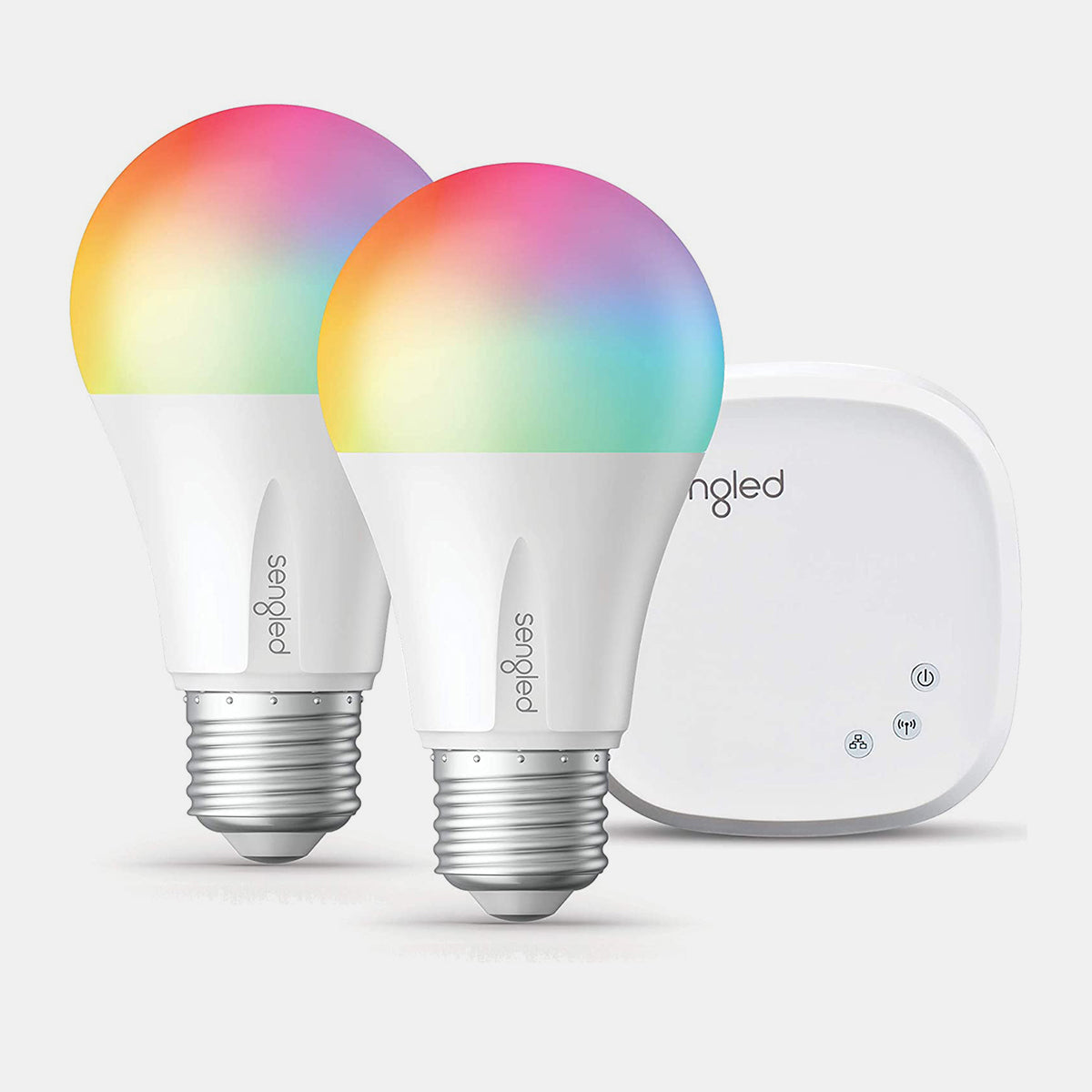
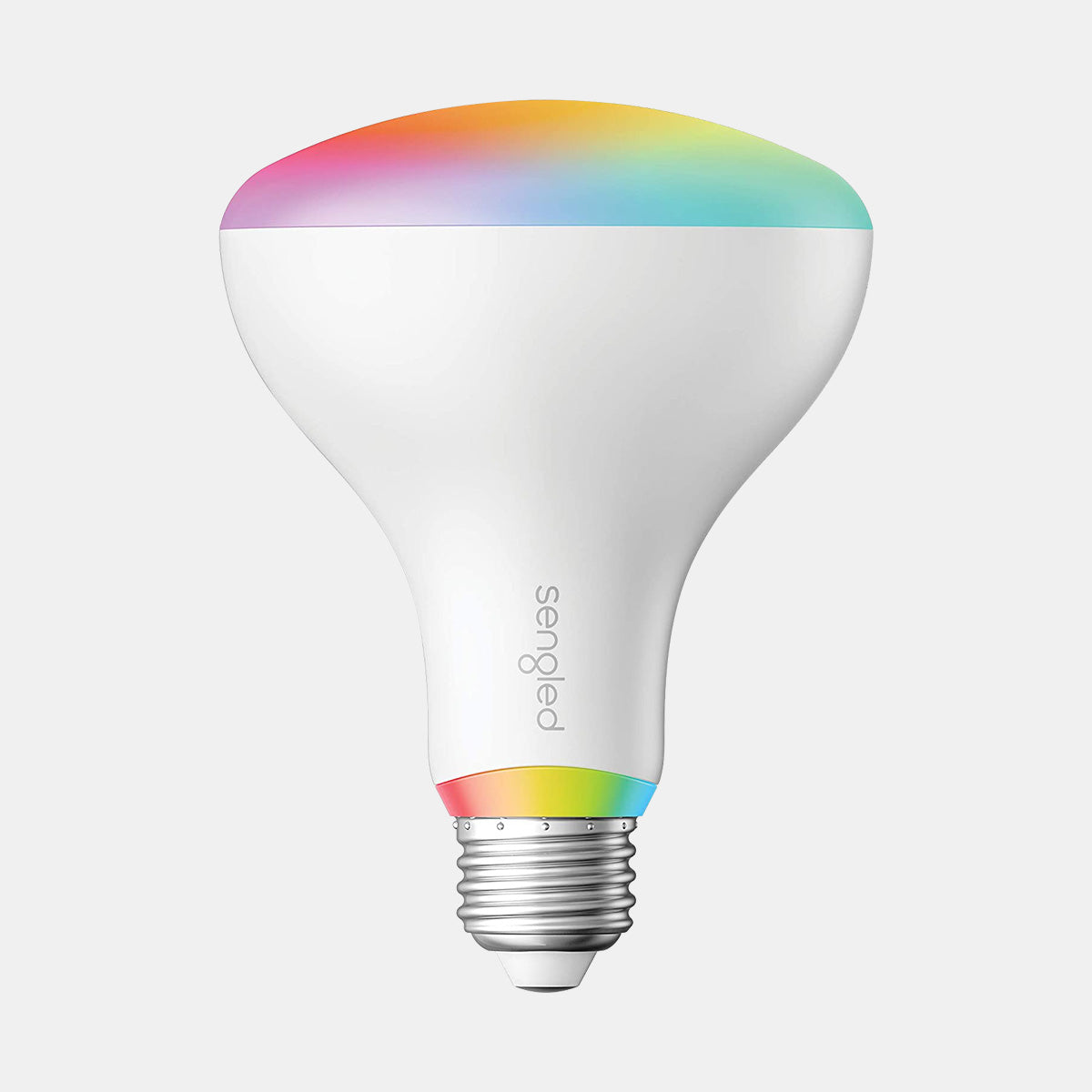
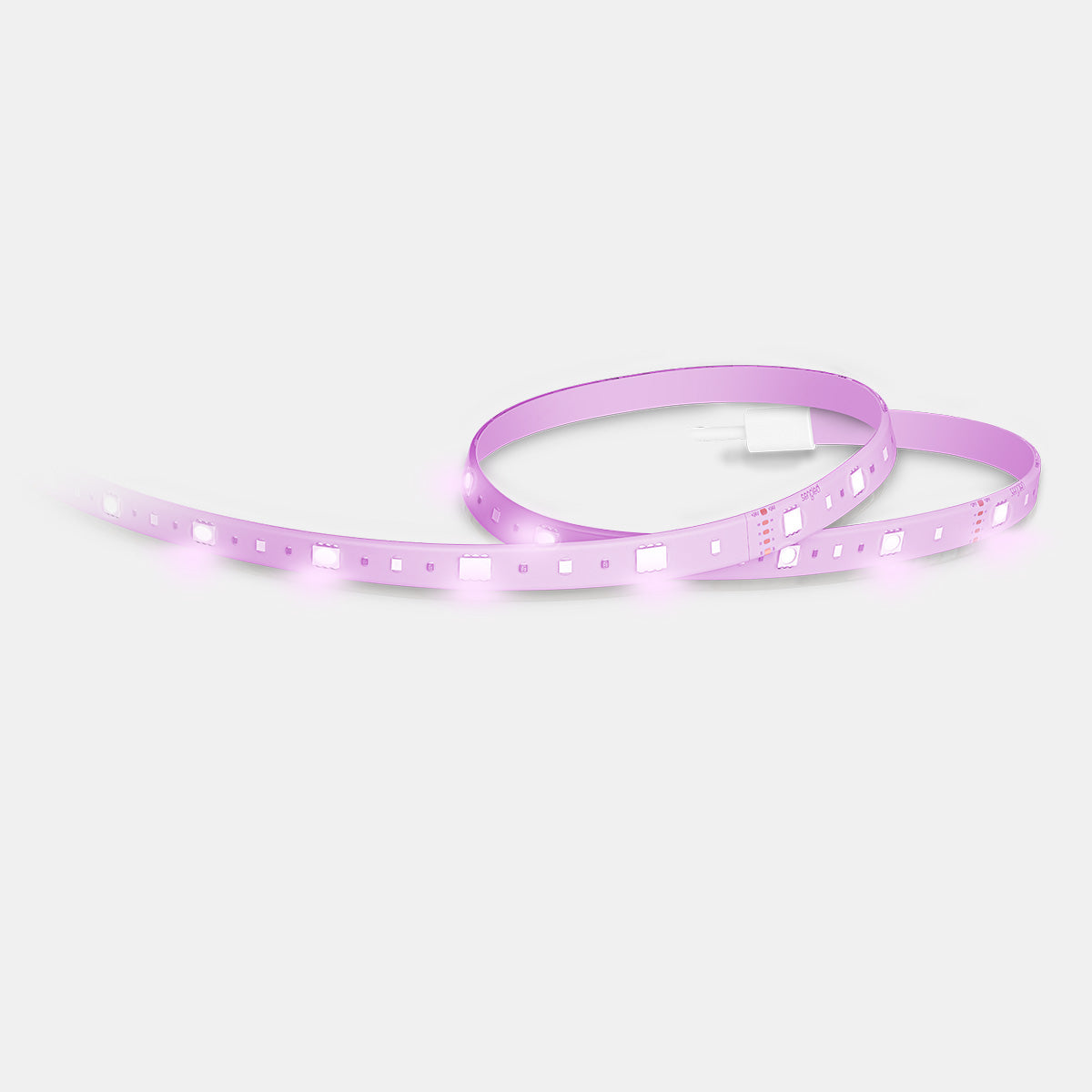
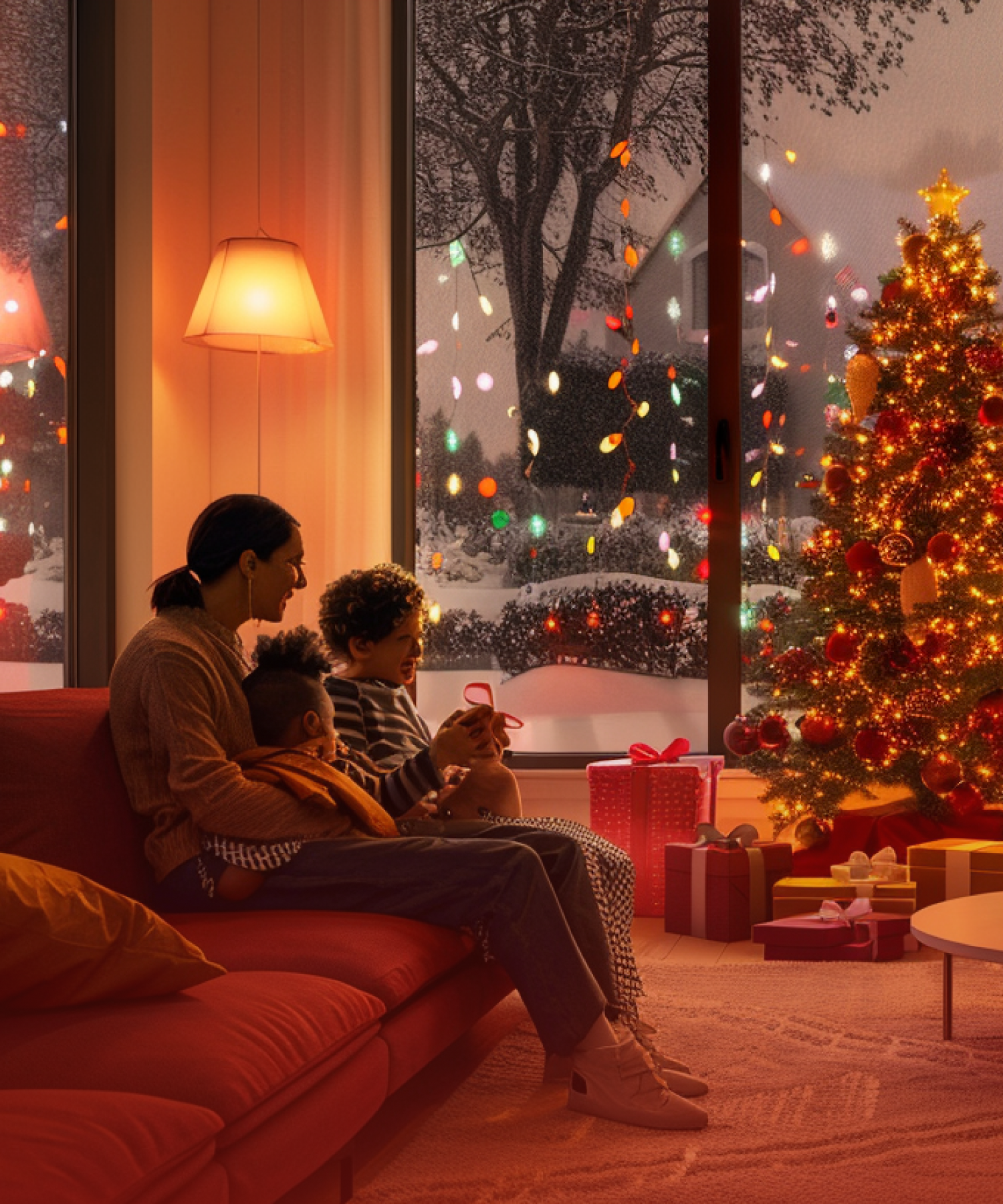

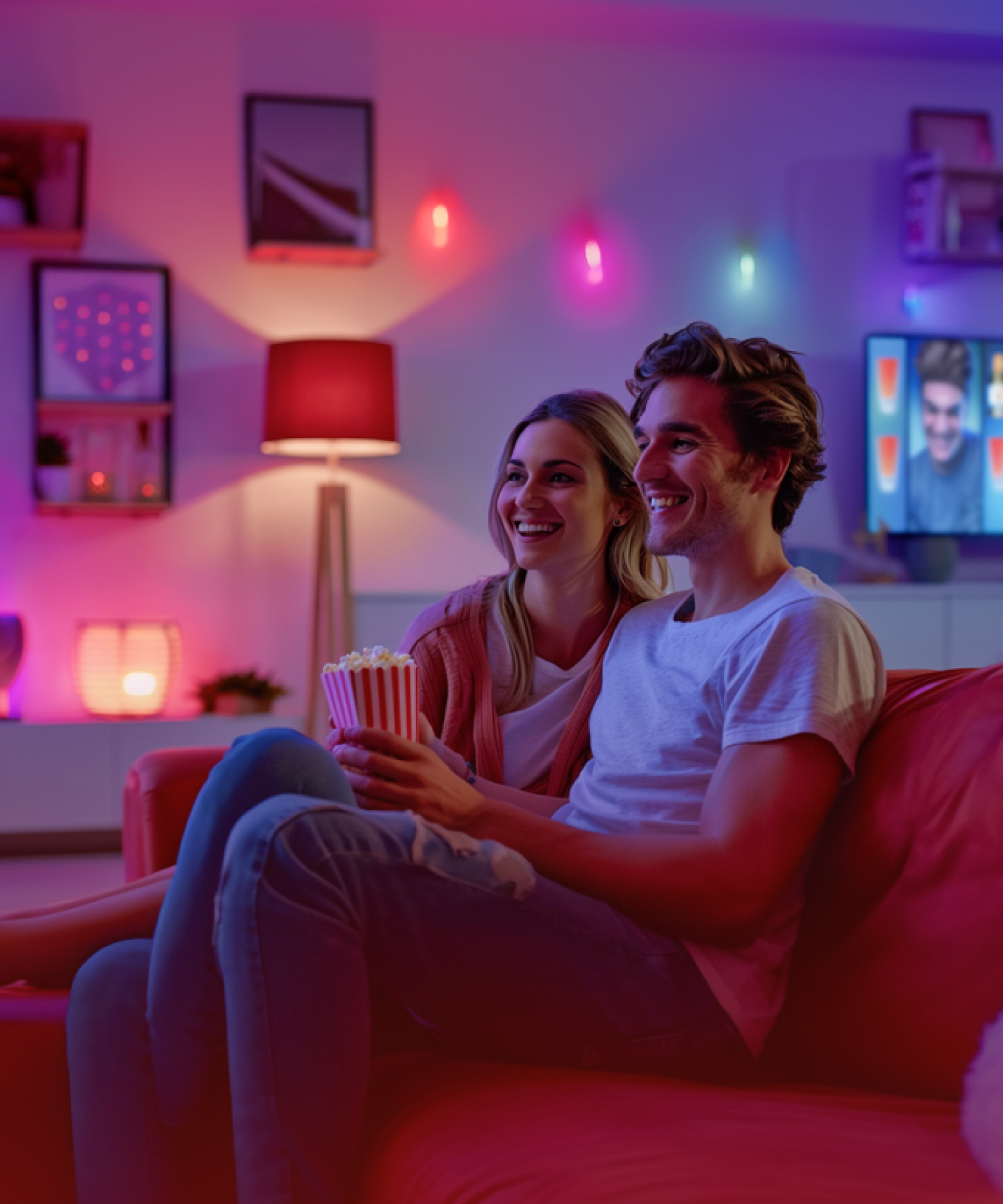
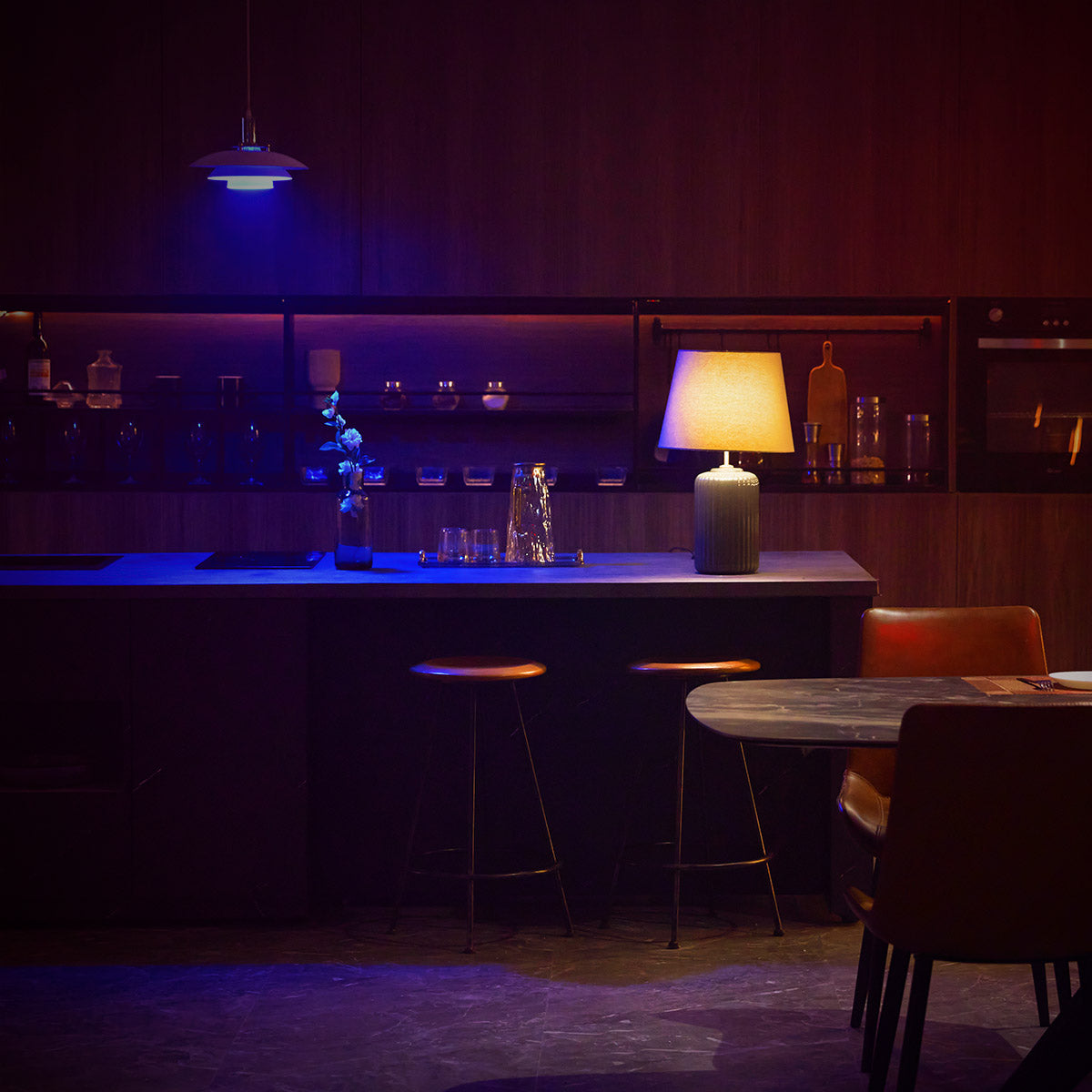
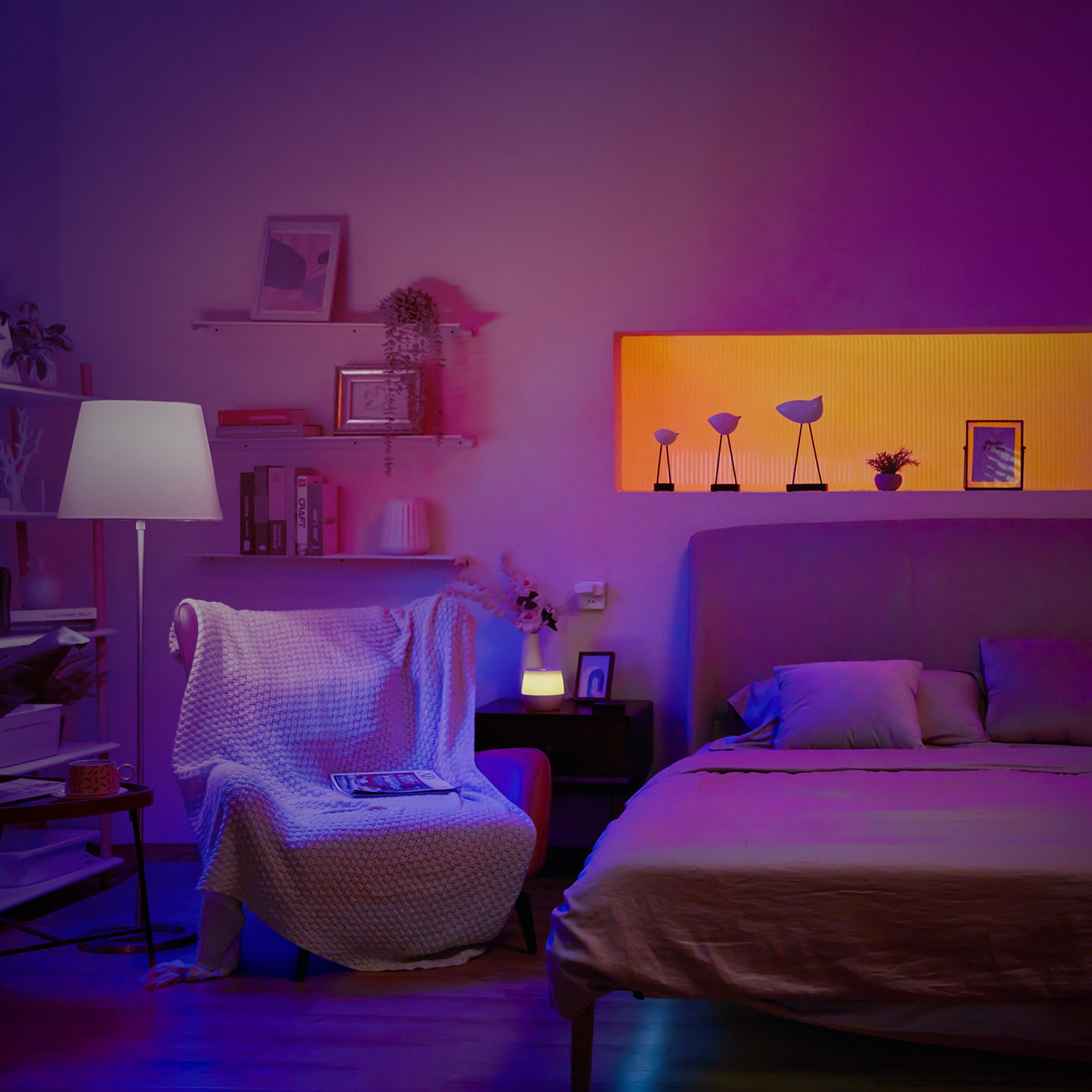
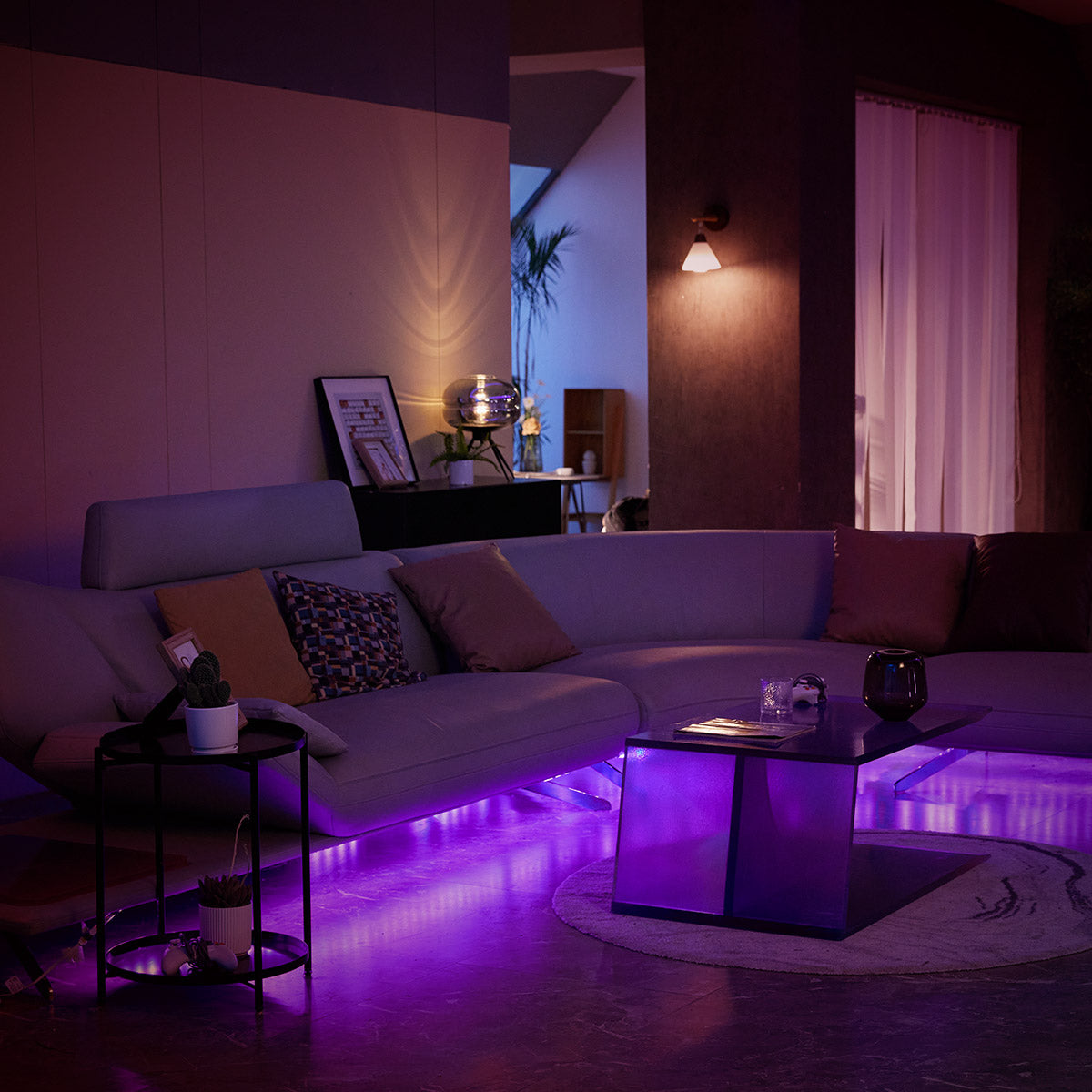



Leave a comment
All comments are moderated before being published.
This site is protected by hCaptcha and the hCaptcha Privacy Policy and Terms of Service apply.